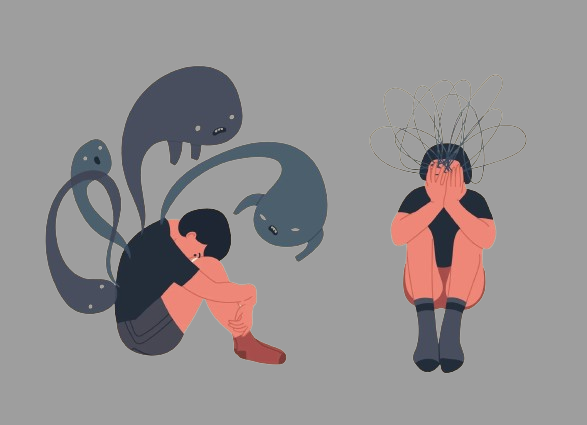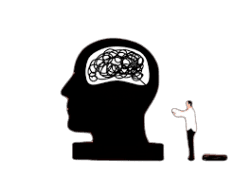When you have REM sleep behavior disorder (RBD), you unintentionally act out your dreams while you’re asleep. RBD motions can hurt you and your sleeping companion, particularly if you’re enacting a violent dream. This is why it’s critical to seek help.
This article explains the signs and symptoms, diagnosis and treatment options.
What is REM sleep behavior disorder?
A condition known as REM sleep behavior disorder is characterized by vocalizations and abrupt bodily movements during REM sleep, along with vivid dreams.
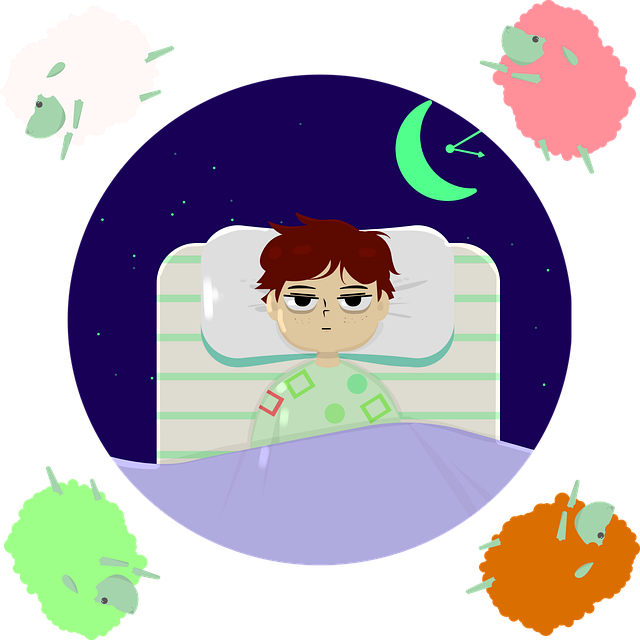
It’s a particular kind of Parasomnia, which is the term for aberrant activities that occur while you sleep.
The body temporarily experiences atonia, or paralysis of the muscles, while the brain exhibits wakefulness-like activity during a typical REM sleep. The symptoms include elevated blood pressure, erratic respiration, and fast eye darting (thus the term “rapid eye movement”). We can safely dream while lying still since REM sleep temporarily paralyzes our brains. The majority of our skeletal muscles are paralyzed, with the exception of those that aid with breathing, digestion, and some eye muscles. REM sleep makes up roughly 25% of total sleep.
Signs and symptoms
The intensity of REM sleep behavior disorder (RBD) symptoms varies. A person with RBD appears to be acting out a horrific dream while they are asleep and may:
- have little limb movements or muscle twitches.
- Scream, talk, or shout while frequently using foul words.
- Punch, kick, or seize their bed mate in the air.
- Leap or tumble off your bed.
Approximately 80% of individuals with RBD sustain injuries from their sleep.
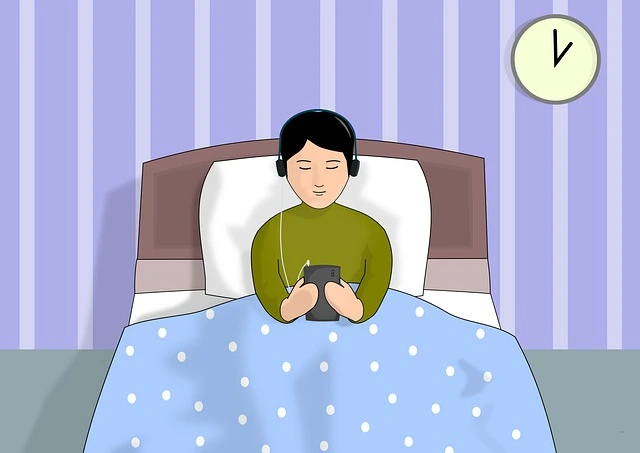
An episode can occur one or more times while you’re asleep. Episodes may also occur periodically or each time you go to sleep. When someone is acting out a violent nightmare, the symptoms are typically more intense.
RBD sufferers are unaware of their actions when they are asleep. Many people are unaware that they have RBD until their roommate or bed partner brings it up to them or till they wake up hurt.
You can usually get someone who is having an episode to wake up. They are typically awake and able to recall specifics of their dream when they wake up. Unlike night terrors, which usually cause victims to struggle to wake up.
Diagnosis
Your doctor looks over your medical history and your symptoms to get the diagnosis of REM sleep behavior disorder. Your assessment can consist of:
- Examination of the nervous system and body. A physical and neurological examination is performed by your physician to assess you for REM sleep behavior disorder and other sleep disorders. The symptoms of REM sleep behavior disorder can resemble those of other sleep disorders, or they can coexist with them, such as narcolepsy or obstructive sleep apnea.
- Conversing with your bed companion. Your doctor might inquire with your sleeping companion about any instances in which they witnessed you acting out your fantasies while you were asleep, such punching, thrashing your arms in the air, yelling, or shouting. Additionally, your partner could be asked to complete a questionnaire regarding your sleeping habits by your doctor.
- Studying sleep at night (polysomnogram). Physicians might advise an overnight sleep lab study. While you sleep for this test, sensors track your blood oxygen levels, breathing patterns, arm and leg movements, heart rate, and brain activity. You’ll usually be recorded on camera so that your actions during REM sleep periods can be reviewed.
Diagnosis criteria
Sleep medicine professionals usually utilize the International Classification of Sleep Disorders, Third Edition (ICSD-3) symptom criteria to diagnose REM sleep behavior disorder.
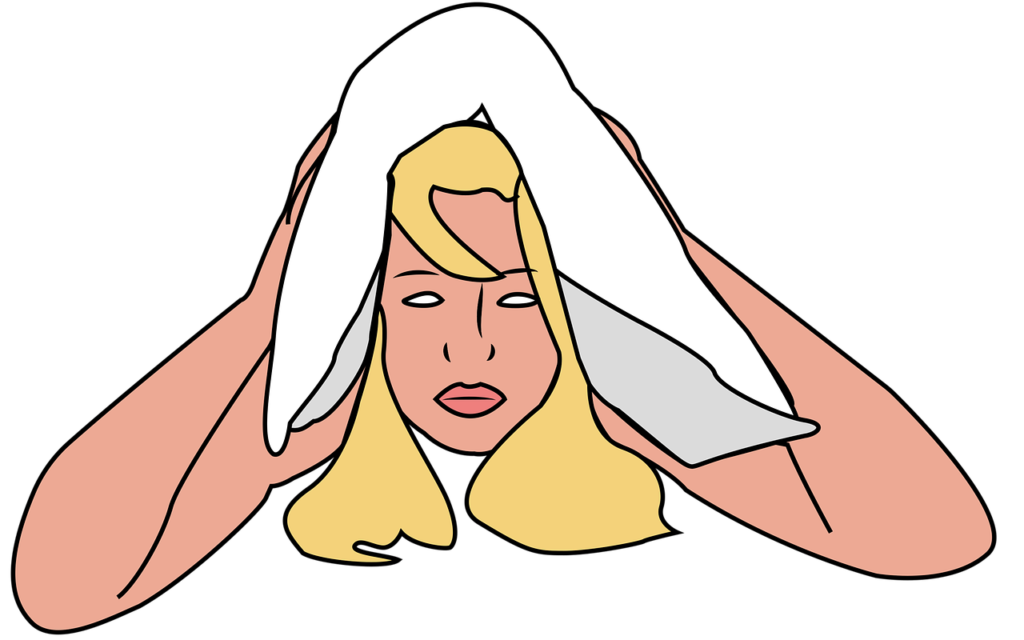
The following criteria are necessary for REM sleep behavior disorder diagnosis:
During sleep, you have periodic periods of arousal during which you talk, make noises, or engage in sophisticated physical actions like punching, kicking, or running that are frequently connected to the themes in your dreams.
- You remember these motions or noises from your dreams.
- In the event that you awaken during the episode, you are cognizant and not lost or confused.
- Your REM sleep is characterized by increased muscle activity, according to a polysomnogram sleep research.
- There is no other sleep disturbance, mental illness, medication, or substance misuse to be the source of your sleep problem.
A neurodegenerative disease like Parkinson’s, multiple system atrophy, or dementia with Lewy bodies may show symptoms of REM sleep behavior disorder early on. That’s why it matters if you get REM sleep behavior disorder.
Treatment
REM sleep behavior disorder may be treated with medicine and/or physical protection.
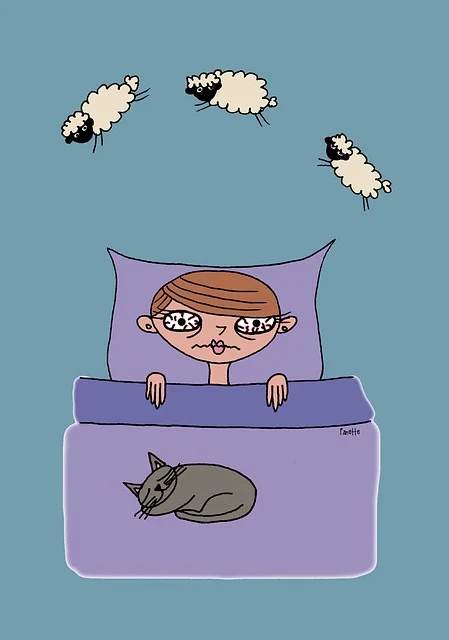
Physical protection
In order to make your sleeping environment safer for both you and your bed companion, your doctor can advise you to do the following:
- Cushioning the ground next to the bed
- removing guns and other potentially harmful items from the bedroom
- erecting obstacles beside the bed
- Taking stuff and furniture away from the bed
- defending the windows in bedrooms
- maybe sharing a bed or room with your bed partner while you wait for your symptoms to subside
Medications
For REM sleep behavior disorder, some possible treatments include:
- Melatonin. Melatonin is a dietary supplement that your doctor could recommend to assist manage or completely cure your symptoms. Also Melatonin is generally well accepted and has few negative effects. It may be just as effective as clonazepam.
- Klonopin, or clonazepam. This prescription drug, which is frequently used to treat anxiety, is the conventional treatment for REM sleep behavior disorder since it seems to work well at reducing symptoms. Side effects from clonazepam include drowsiness during the day, impaired balance, and worsened sleep apnea.
Physicians are still researching a number of additional drugs that could be used to treat REM sleep behavior disorder. Consult your physician to find the best course of action for you.

